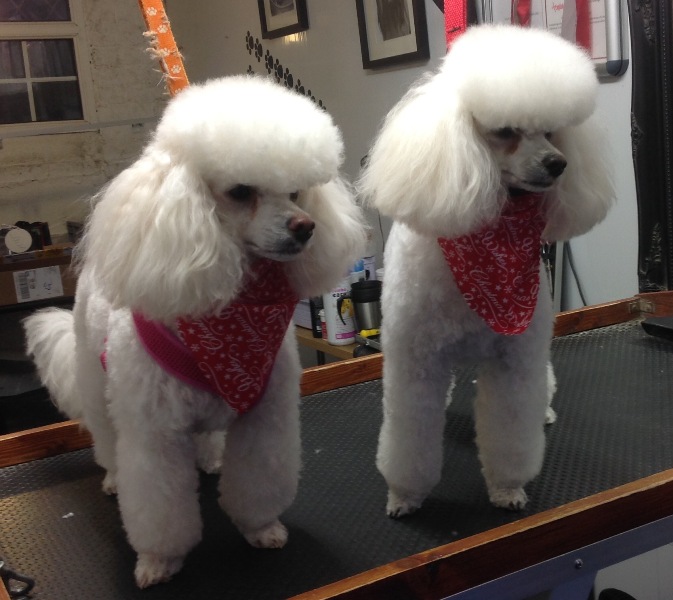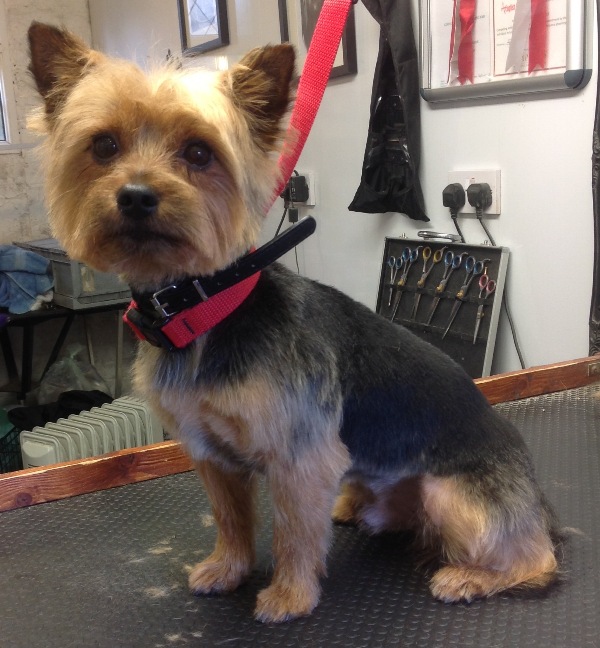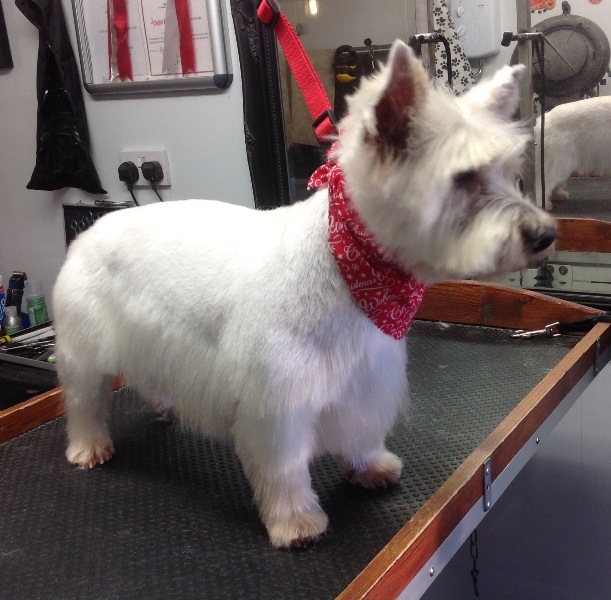As well as the grooming we provide at FURst Impressions, Cardiff here are some useful tips that you can do and check at home between grooms
Home Tips
Benefits of Preventative Care
- Good preventative care is important for the welfare of your dog.
- Seek advice from your vet regarding what vaccinations may be required against diseases.
- Many pets in the UK are considered overweight or obese so pay close attention to how much you feed your dog including leftovers and treats.
- Carry out regular health checks – see below
- Learn to recognise symptoms of ill health such as:
- Vomiting and /or diarrhoea
- Coughing
- Lack of appetite or decreased activity
- Hair loss or itchy skin
- Stiffness or lameness
Regular grooming is very important. It keeps your dog clean, healthy, and manageable, as well as preventing yeast infections caused by matted hair, periodontal disease caused by uncared for teeth, ear infections from excessive buildup of wax, dirt and bacteria, etc.
How to carry out a visual health check of your dog
Eyes—check your dog’s eyes daily – they should be clear with no discharge, crustiness or swelling. Wipe away dried matter from the corners of the eyes using a moistened cotton ball. Eye problems that don’t clear up within 24 hours should be treated by a veterinarian. Among the eye problems affecting dogs are excessive tearing (usually caused by allergies, infections, injuries, or irritation), conjunctivitis (inflammation of the membrane that lines the eyelid, the conjuctiva), and foreign objects in the eye.

Ears—check for unpleasant odours, crustiness, redness or discharge.
The outer ear (also called the earflap or pinna) is most vulnerable to injury and infection since it’s constantly exposed to foreign objects and dirt. Keeping the outer ear clean is the first line of defence against ear problems. Begin by examining your dog’s ears daily. Healthy ears are light pink inside, with no apparent bad smell or discharge. Check the ears for foreign objects such as grass seeds and ticks. Only remove them if you feel confident, otherwise seek veterinary advice. Never clean your dogs ears with soap and water as this can cause an ear infection.

Teeth—they should be white or slightly yellow depending on the age of your dog, with no excess plaque or looseness.
Although dogs don’t usually get cavities, they are prone to gum disease caused by tartar buildup. Tartar is a by-product of plaque, which is a soft, gummy residue left on teeth after eating. When plaque hardens, it forms tartar (or calculus), which in turn can cause the gums to get red, inflamed, and sore. This condition is called gingivitis. Gum disease is one of the most common problems veterinarians see in dogs. Besides causing bad breath, if periodontal disease gets bad enough, it can interfere with a dog’s ability to chew and even effect internal organs, causing bacterial infections in the kidneys and heart.

Good dental hygiene can’t start too young. If you begin tooth care in puppyhood, you can greatly reduce the chance of your dog developing periodontal disease. To brush a dog’s teeth, use a small, soft toothbrush or finger brush with toothpaste or tooth-cleaning solution formulated for pets. (Human toothpaste foams too much, and the additives can upset your dog’s stomach.)
Gums—they should be a healthy pink colour (or there may be black pigmentation) with a 2 second refill of healthy colour when they are pressed. A dark pink colour is an indication that gum disease is present.
Nose—should be damp and cool with no crustiness or discharge.

Skin—check for lumps, bumps, lesions or parasites.
Coat—this should be neither excessively dry or greasy with no flakiness. Without regular brushing and combing, your dog’s hair can develop mats. Matted hair pulls and inflames your dog’s sensitive skin and can be even more painful to remove. Even dogs with short, flat coats need regular grooming to distribute skin oils and remove dead hair. Regular brushing keeps skin healthy by stimulating blood flow and distributing natural oils.
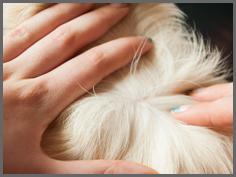
Anal area—this should be clean and clear with no excessive discharge or swelling.
Feet—pads should be healthy with no cuts or swellings. Check between the toes for cysts, grass seeds or other foreign bodies, knots or mud.
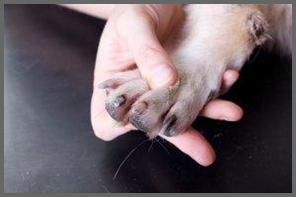
Nails—don’t overlook routine dog foot care. Because your dog spends so much time on their feet — without the protection of shoes — they could be prone to punctures or wounds from glass and other sharp objects, as well as scrapes and abrasions from pavements. Examine your dog’s feet on a regular basis. Check the length of nails on a regular basis —if you hear them clicking on a hard surface it’s probably time for a trim. Also check the nails for any signs of infection.
A dog whose coat is heavily matted or soiled needs professional care. Removing mats is a time-consuming, delicate process, and mistakes can result in injury. Trying to comb out mats yourself from your dog is a painful experience for them.
If you don’t have time or facilities to groom your dog then a visit to FURst IMPRESSIONS will save you the hassle and time of grooming your dog yourself. During the grooming process I always carry out a health check and check for unusual spots, lumps, bumps, or even injuries on your dog that you may have missed under all the hair












